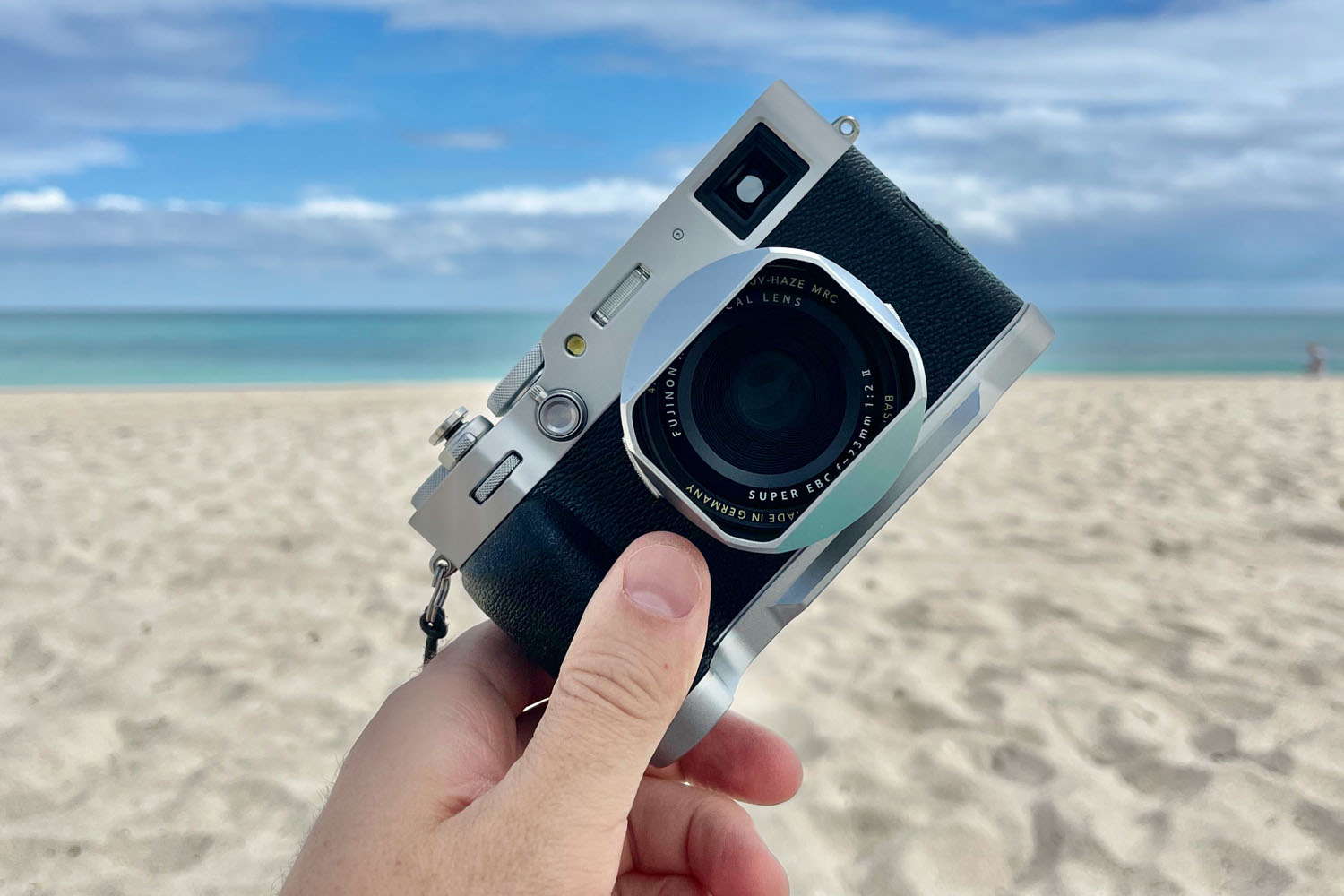Six years with Fuji
I Wrote this article in September 2023 while I was on holiday in Puglia. I guessed right, and I didn’t finish it then, but it was ready when I got home and only my eye problems kept me from sending it to Hugo and Mauricio, instead writing about other things, things that seemed more important at that time.
I sat on it for about 13 months, and this November, exactly six years will have passed since I got my first Fuji camera, the old X-E2. I thought it would be a good time to try and publish this piece.
It wasn’t just my eye problem but also the fact that I changed my main camera for sports with a better DSLR, newer than my D750, and to this day I am still amazed by how big the improvements are.
So, what I am going to do is let you read the original article I wrote a year ago and at the end I will try to sum up things, see if anything has changed, if the year brought new ideas or thoughts regarding my relationship with Fuji.
And we start…
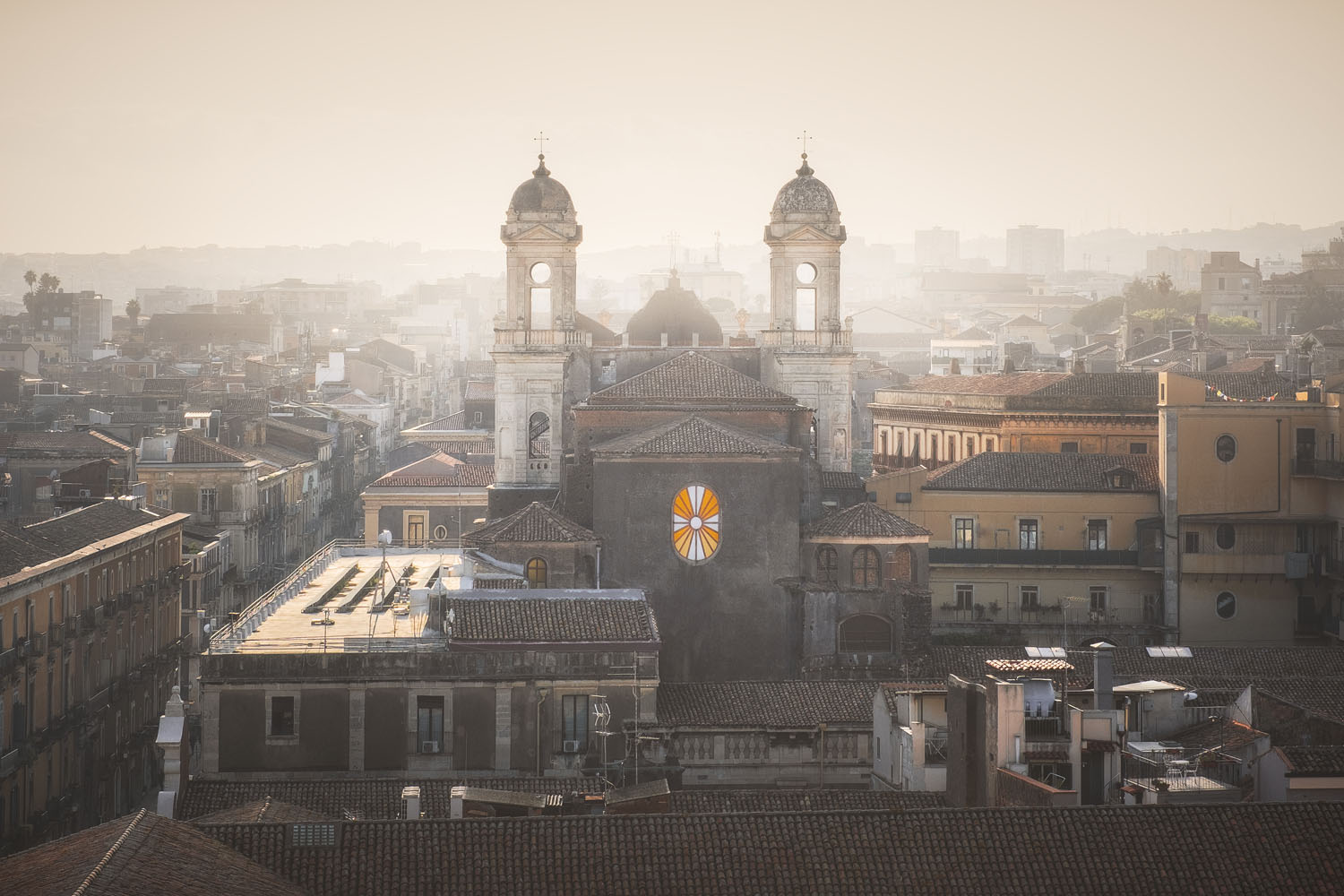
“It’s been a long time—a long time since I wrote anything or even considered writing something. But this morning, as I lay on a sunbed on a beach in Puglia, a couple of thoughts hit me.
The first thought is that I’m not going to finish writing this article while on holiday. (I was more than right.)
I arrived in Puglia 9 days ago, and I will be spending another 4 in this wonderful part of the world. It’s been—or will be, when it’s over—the longest holiday I’ve taken since 2018. Since that year, all my holidays have been a week at most or a few days tacked on to a weekend or national holidays.
And since November 2018, I’ve been deep in the world of Fuji. A world with ups and downs, joys and frustrations, an experience that has shaped me—or helped shape me—into (hopefully) a better photographer.
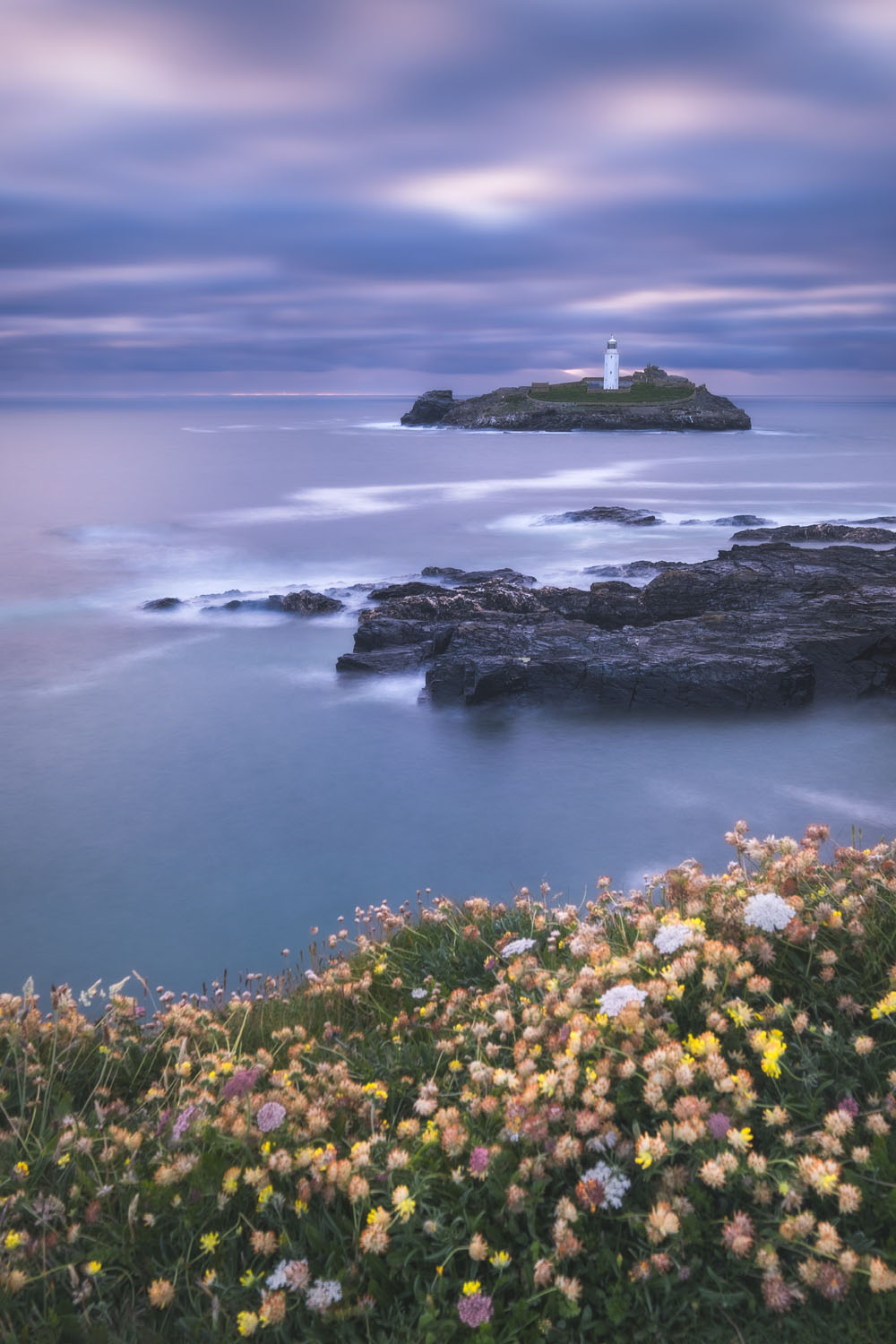
So where am I after almost 5 years of Fuji? Let’s break it down and see how I feel, especially after this 13-day trip where my GAS (Gear Acquisition Syndrome) or FOMO filled my bag and almost broke my back.
I packed my Lowepro bag with an X-S10 and my most-used lens, the 10-24mm. I also took my X-T20 with an 18-55mm, just in case my girlfriend wanted to take photos with something other than her phone. Then, I added my Sigma 18-50mm and 55-200mm.
Even though my girlfriend didn’t use the X-T20, I always bring it along as a backup. Add in my Lee filters, extra batteries, SD cards, L-brackets, and a small Ulanzi tripod, and I was all set—or so I thought.
After walking for 13 days, averaging more than 14,000 steps a day, in places like Matera and Ostuni (which involve lots of stairs), I realized something. Something I wrote about five years ago when I switched from Sony to Fuji: my backpack was getting too heavy then, and it sure does feel heavy now.
Also—and this might surprise you—I miss having a good superzoom for travel. There were too many moments when I had the wrong lens on my camera, and by the time I changed lenses, the moment had passed.

Let me describe three scenes I missed on this trip, ones that could have turned into some of the best shots I’ve ever taken:
1. A small, winding Italian alley. An old gentleman rests against the wall, reading his paper while two kids play further down the street. Windows are open, clothes hang from them—perfection. But my 10-24mm was too short; I needed something around 75-90mm.
2. Between two small houses on a tiny alley, an old lady sits on a plastic chair, looking behind her at a huge chapel with a cross. My 55-200mm was mounted, but I could have used the 10-24mm.
3. A small pathway in Ostuni, the brilliant white walls of houses on both sides, flowers everywhere, and two old ladies laughing on the stairs. I needed something wide, but I had my 55-200mm on the camera.
I know some photographers swear by using one or two primes and claim they never miss a shot, but I’m skeptical. They may not admit how many good pictures they miss by not having the flexibility of a zoom.
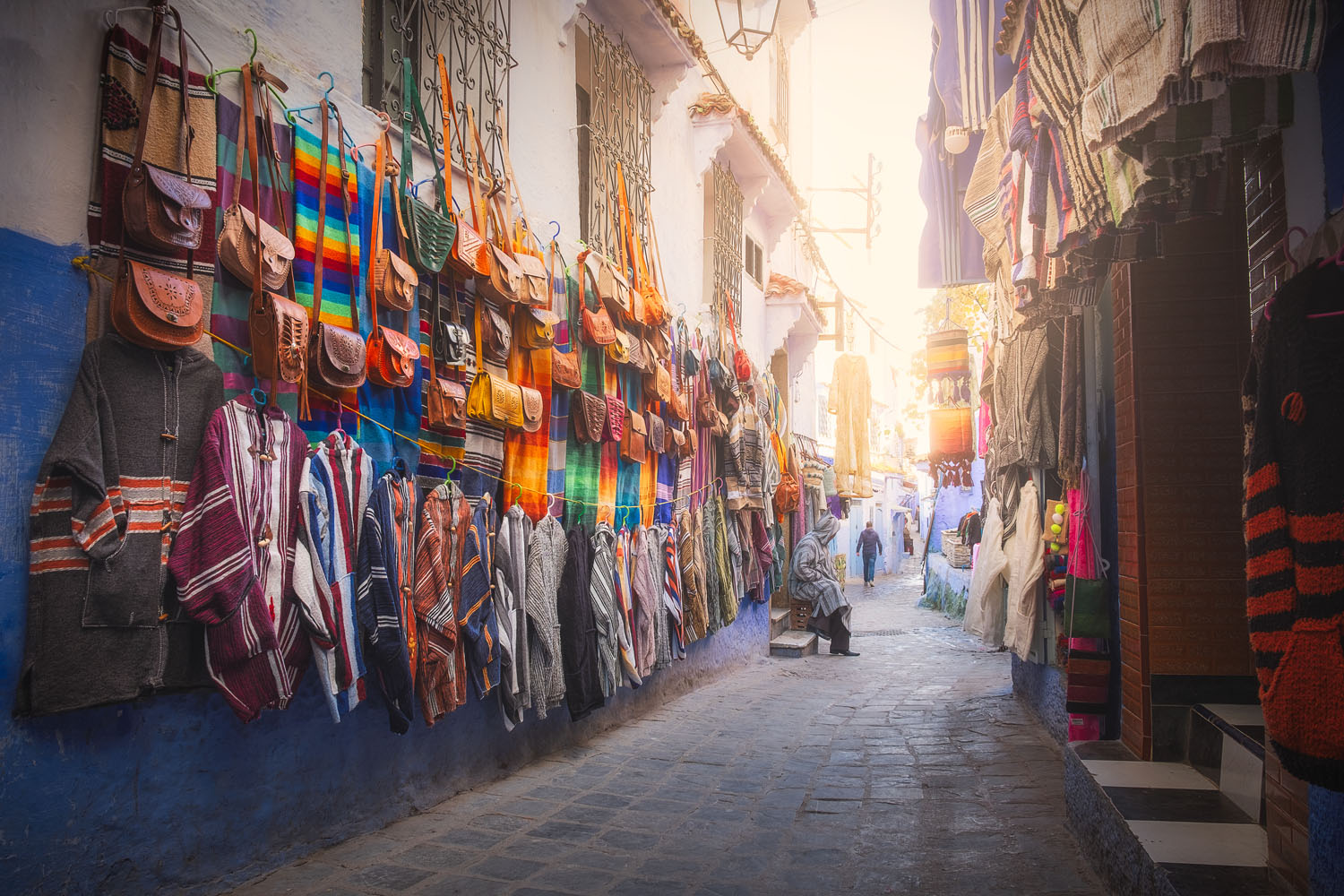
Let’s be honest—most street photographers stalk their shots. They pick a location and wait for something to happen in the frame. It’s hard to be versatile with a single focal length in real-world travel situations. I only have minutes in each of my trip for locations. I can’t, I don’t have the luxury of revisiting a location until everything aligns perfectly and I catch a shot. For example, I was photographing a scene with my 10-24mm, making sure I had my three subjects small against a building. Suddenly, to my left, a woman opened a window and started talking to a child outside. For that moment, I needed 100mm, but I was stuck.
Maybe some famous photographers can make it work, but I think most of us need more flexibility. While some people focus on developing a consistent “style” or look to their photos—whether it’s moody, black and white, or minimal—I’ve never been fully sold on the idea of uniformity.
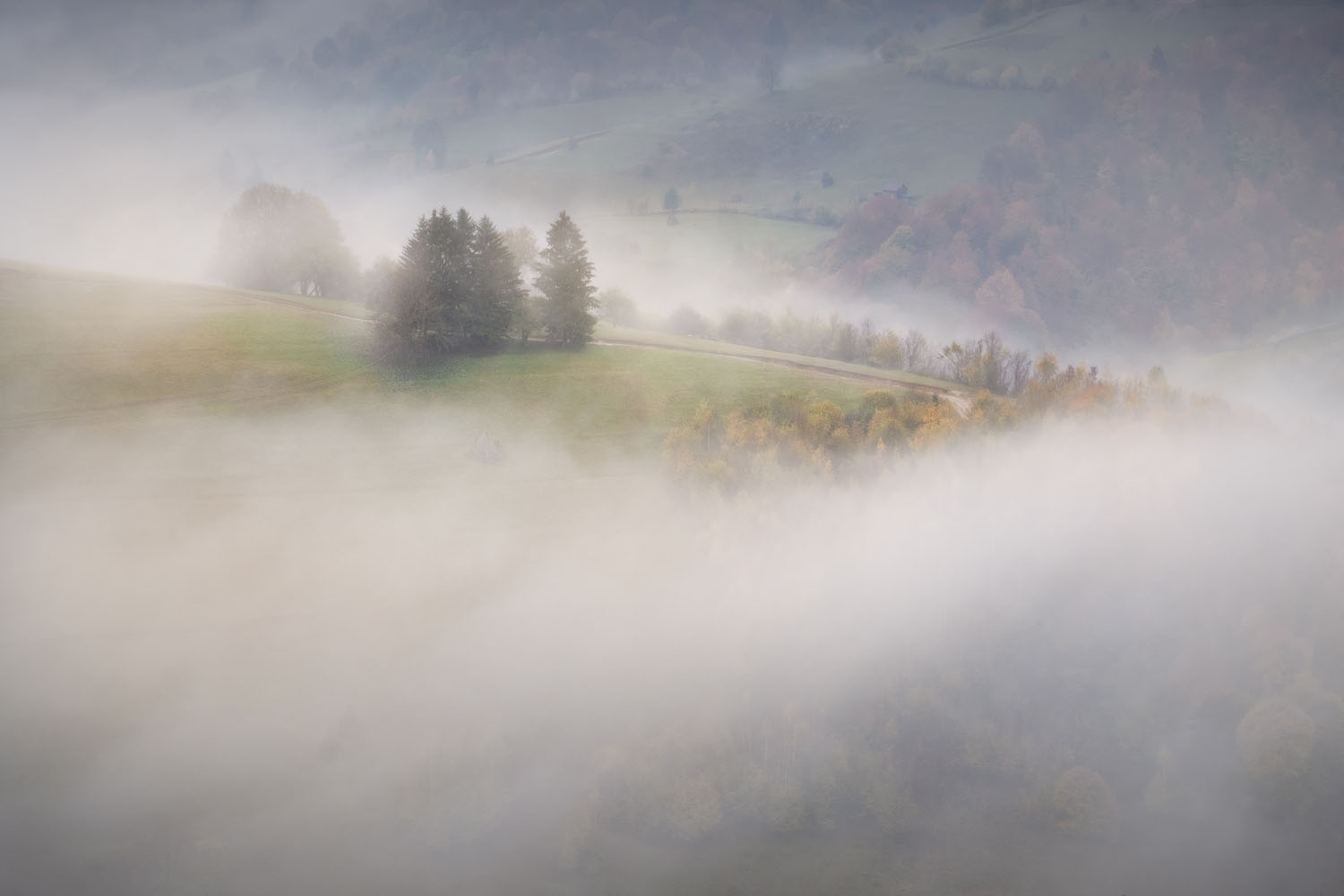
Of course, I could have sprinted, dashed, and ran between the scenes, but let’s be honest. It is not my style and I think it is not many people’s style.
I don’t ever see myself shooting everything in black and white or following the same style for every shot. I enjoy variety in my photography. I don’t want to be limited to one kind of look or rule.
For me, the joy of photography is in the diversity of moments and scenes—capturing them as they are, rather than molding them to fit a style. That’s why I prefer the flexibility that zooms offer.
Of course, famous photographers have taken iconic photos in amazing cities like Paris, New York, and Mumbai. These places, along with spending ample time in them, give photographers a huge advantage.
But as travelers, we don’t always have that luxury. A local photographer in New York can take thousands of photos over 40 or 50 years—while I only have a week.
One thing I’ve realized is that privacy is important, and this affects my approach to street photography. I prefer to make my subjects small in the frame, emphasizing the scene rather than their faces. I’m not comfortable getting too close to people for street portraits, even though I know that sometimes a zoom lens allows you to capture candid moments from a respectful distance.
For the past few months, I’ve been contemplating a switch in camera systems. I love sports photography—football and rugby in particular—and I need a second body for those events.
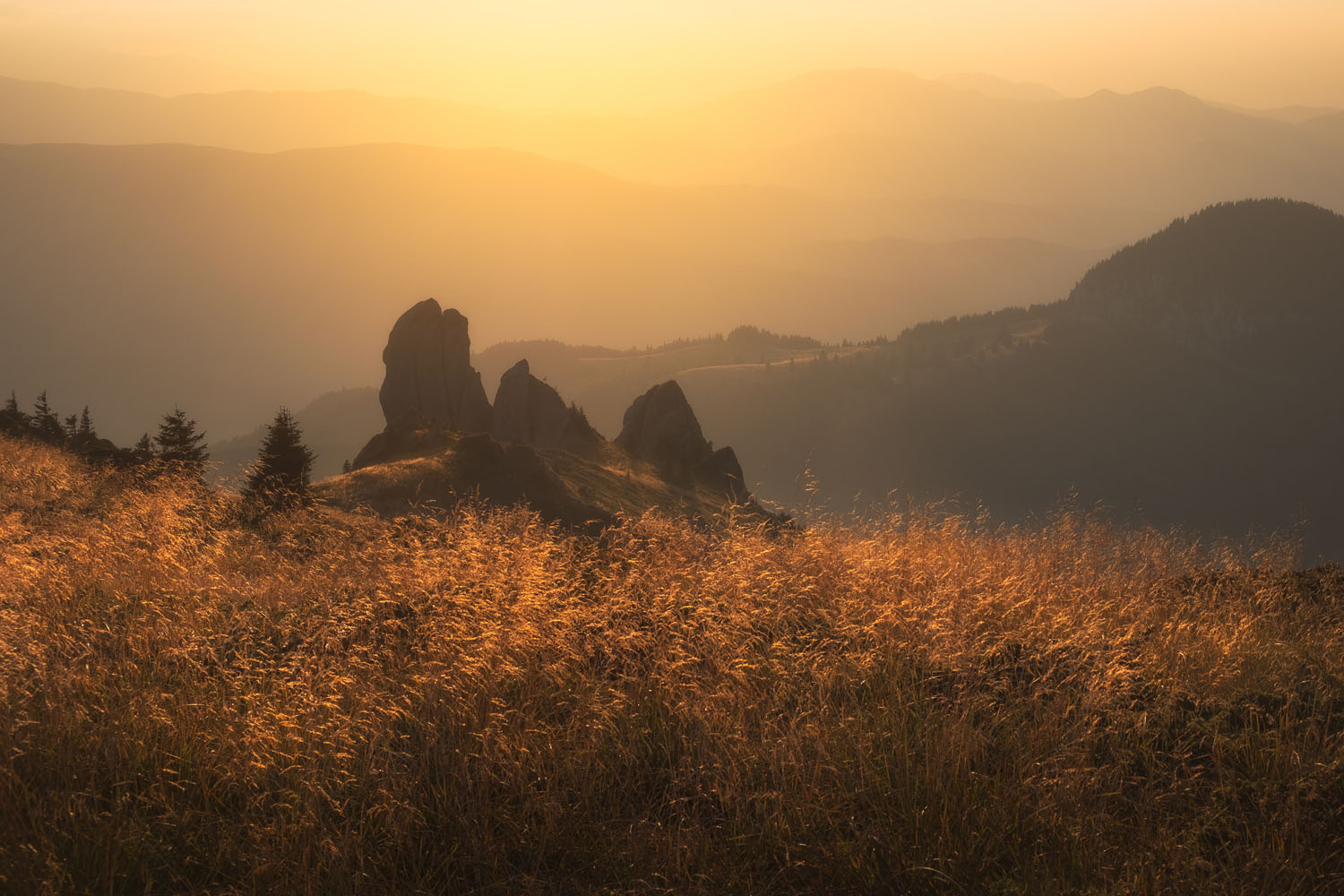
This led me to think: Should I sell all my Fuji gear and buy a Nikon Z6II with a 24-200mm lens for travel?
Traveling with just one body and one lens could bring me closer to the freedom I once had. Ten years ago, I traveled around Europe with just a backpack or a small suitcase and a point-and-shoot camera. I had fewer worries then, and part of me misses that simplicity.
Now, I carry a heavy camera bag, tripod, and more gear than I ever imagined needing. After a long day of walking, I often wish I had brought less.
I don’t know what the future holds. I’m not desperate to switch right now, and I still love my Fuji cameras. The issue is the lack of a good 24-200mm zoom lens for Fuji. I know they have the 18-135mm, but I’ve heard too many complaints about image quality and autofocus speed to consider it.
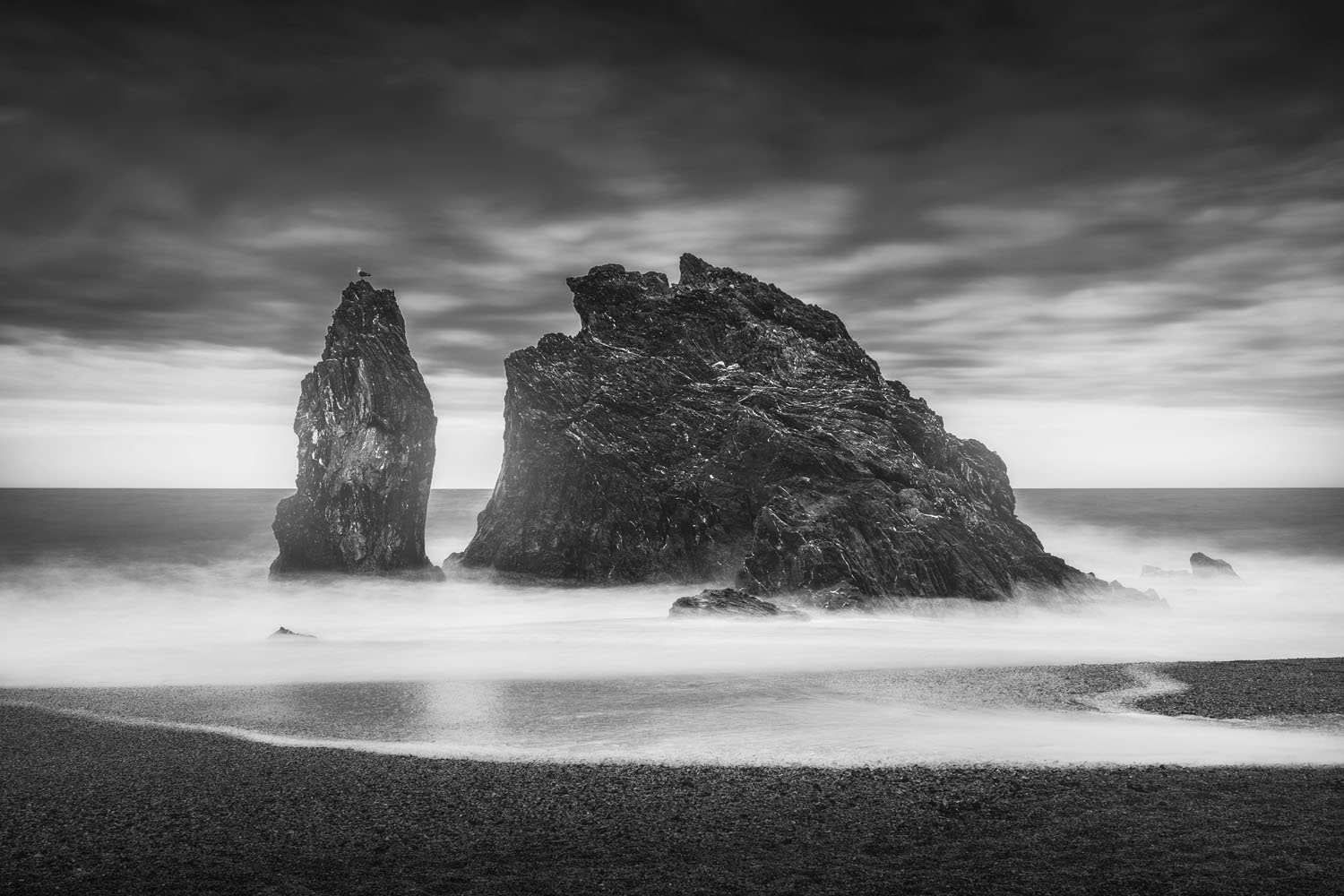
For now, I’m staying with Fuji. But this trip reminded me of something important: No matter how many photos I take, or how many contests I enter, I will always be a traveler first and a photographer second.
As I lie in bed in Ostuni, reflecting on tomorrow’s trip to Gallipoli, I realize what made this holiday one of the best trips of my life.
I felt relaxed. Even though I walked a lot and spent hours in the sun, I came back each day with great memories and a handful of photos.
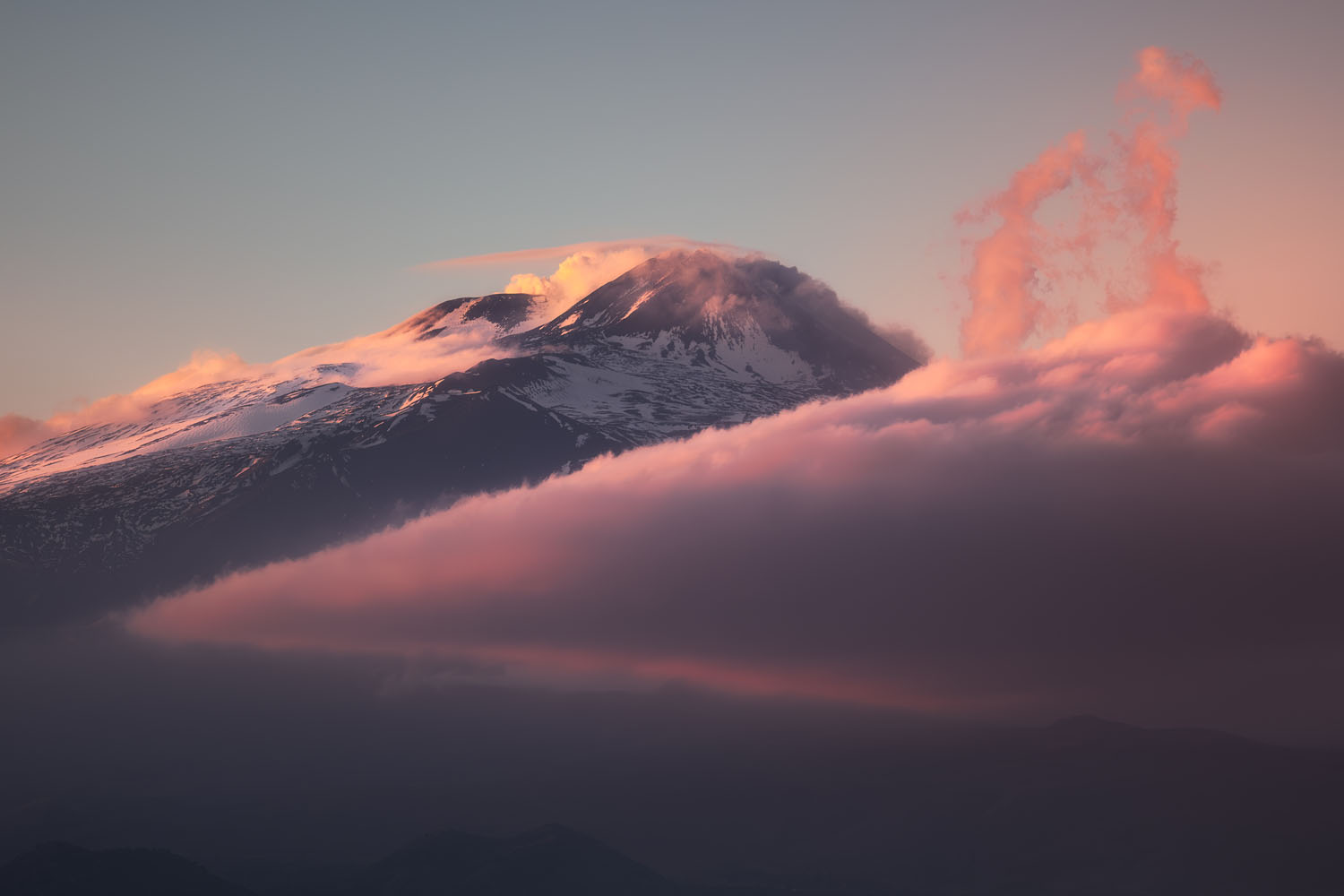
This trip helped me rediscover some of life’s small joys—like drinking a café leccese on the beach, enjoying an espresso freddo while strolling through the streets, or watching children play.
I wasn’t worried about following the rule of thirds or perfecting my composition. I just captured the things I found interesting—the colors I loved, the moments that spoke to me.
Nobody tells you this when you start out in photography, but sometimes, the most important moments aren’t the ones captured on camera. And as I’ve learned in Puglia, sometimes you must let go of the pressure to capture everything perfectly.
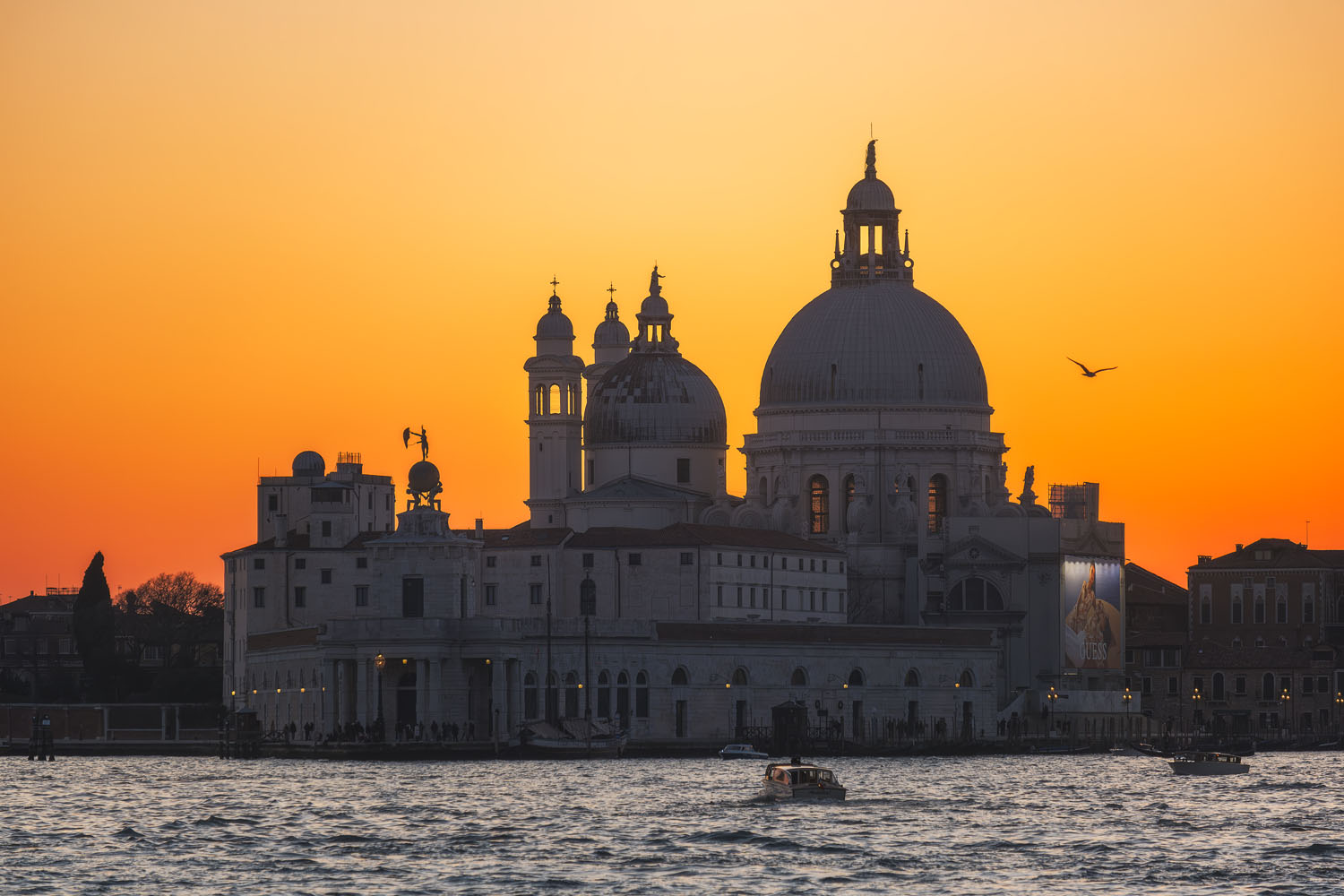
At the end of the day, I’m not chasing the perfect shot—I’m chasing the experience of travel. And as I’ve learned in Puglia, sometimes that means carrying less, doing more, and letting go of the pressure to capture it all perfectly.
For me, the priority isn’t the perfect photo, but the moments I experience with the people I love. It’s about the memories I make, the meals I share, and the places I visit.
Photography is an amazing art form, and I’ll always love it. But at this stage in my life, I’ve realized there are other things that matter more to me—like being present in the moment and enjoying life without always being behind the camera.”

A year later…
It’s been five days since I returned from the Dolomites. I packed, and I packed a lot since this is maybe a once-in-a-lifetime trip. At the end of each day, I was tired but the hiking, the beauty, everything was perfect.
I will write and post the pictures from the trip in a future article, but for today, here are my thoughts on six years of using the Fuji X system.
When I look back years ago, sometimes I regret not having a photographer friend to guide me. I would have saved a lot of money if I hadn’t switched systems, bought new gear, loved sports so much that I needed a Nikon and so on.
But you know, if it were just about that, it wouldn’t be me.
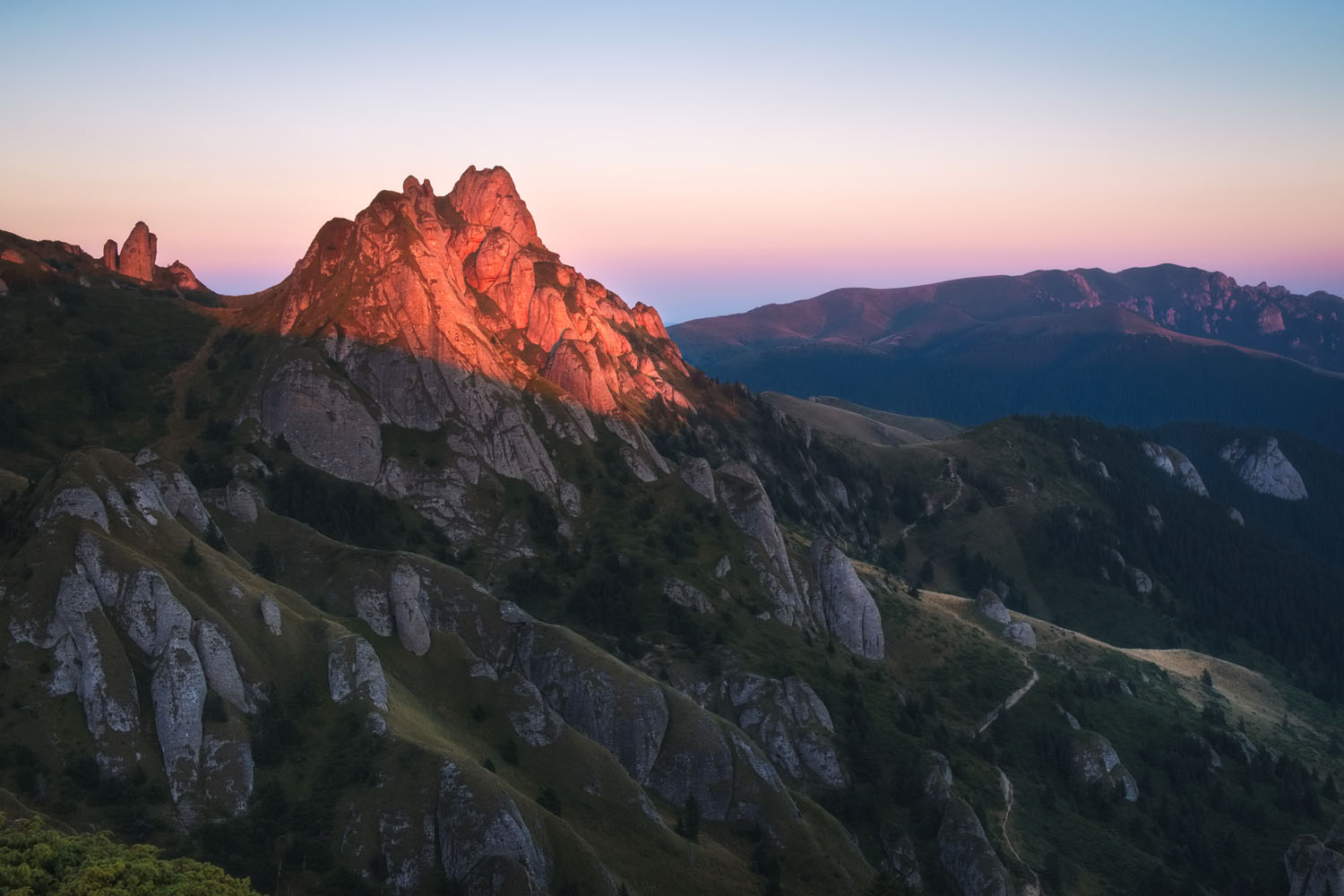
Fuji brought some things into my life that maybe I would have missed if I had gone with another brand six years ago.
It brought me the possibility to write, to get published, to meet so many wonderful people (thank you, Hugo and Mauricio, glad I bit the bullet and sent you my first article more than four years ago). It brought a freedom to move that I wouldn’t have with a large full-frame system.
When I look back at my pictures, yes, after shooting with a 46-megapixel full-frame monster makes my cameras look like toys, but in all honesty, I don’t think I would have won more awards, got more published, or received more distinctions if I went that way.
Yes, things still bug me, like a better AF system or some minor glitches from time to time, but you know, the cameras still feel good in my hand, I enjoy working with them, they make me smile.
And yes, I would love a better 18-135mm or something like a 16-150mm F4, but I learned so far that I am in a distinct category of Fujifilm users, and it is less likely to have so many people wanting what I want.
So maybe I will never get my travel dream lens. Who knows?
Would I change now? After six years? To be completely honest, I don’t know.
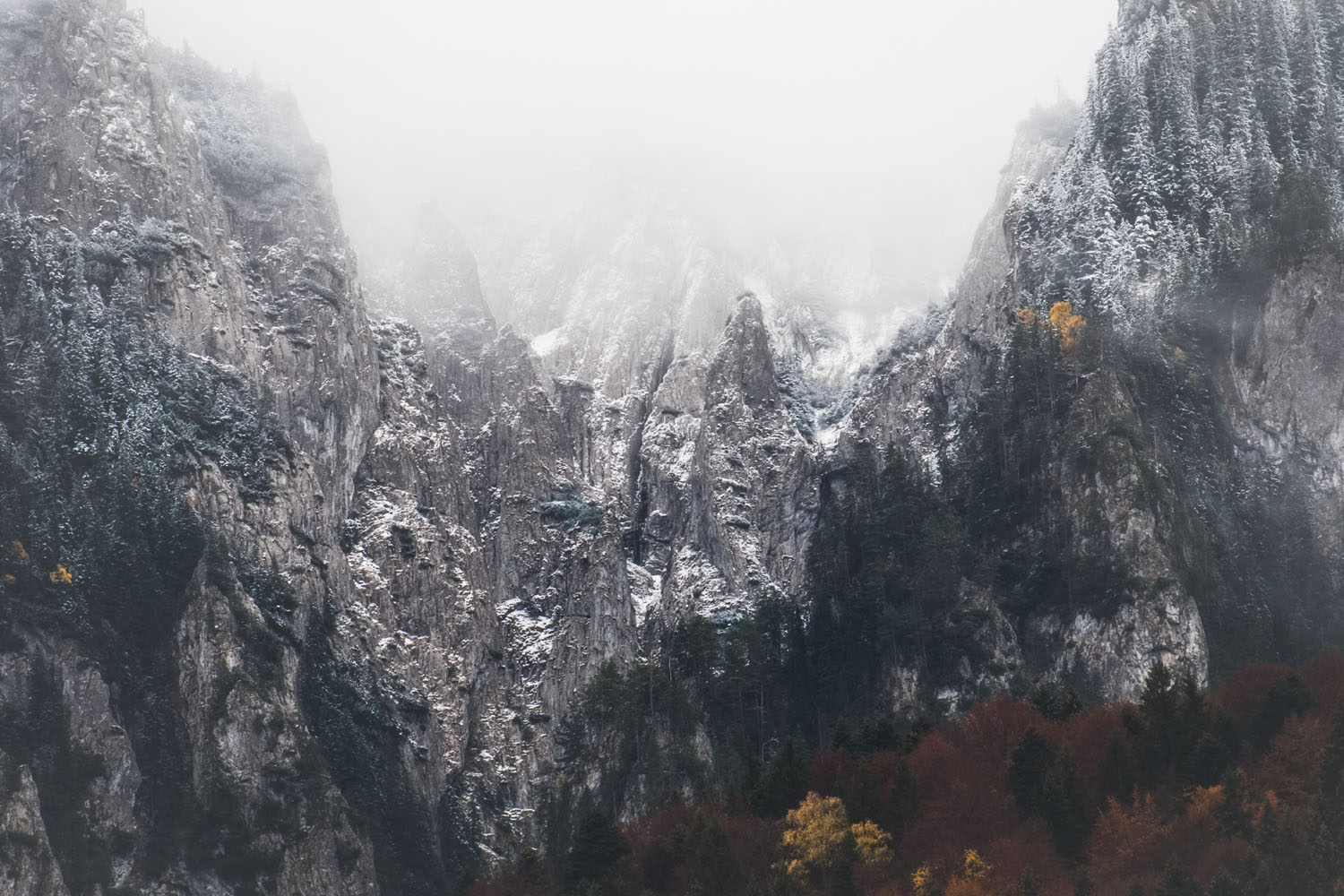
Each time I think of switching, I go somewhere, I do something, I take a picture I like, and I get reminded again that the system is more than capable.
I am not blind to the faults (or at least faults for me), but sometimes, sometimes when you get home after 25k steps, a 6-hour hike, a new place and you download your pictures on your tablet and you smile, then you know that the camera is good.
Will there be another six years of Fuji?
I think only time can say for sure.
As for the pictures picked for this article, since this is an “anniversary” edition I thought to pick some of the pictures I enjoyed the most since I started using my Fuji cameras.
Some you might know, some might be new, but one thing is for sure. I really enjoy looking at them and remembering the special moments when I caught them.
Until next time, stay safe!
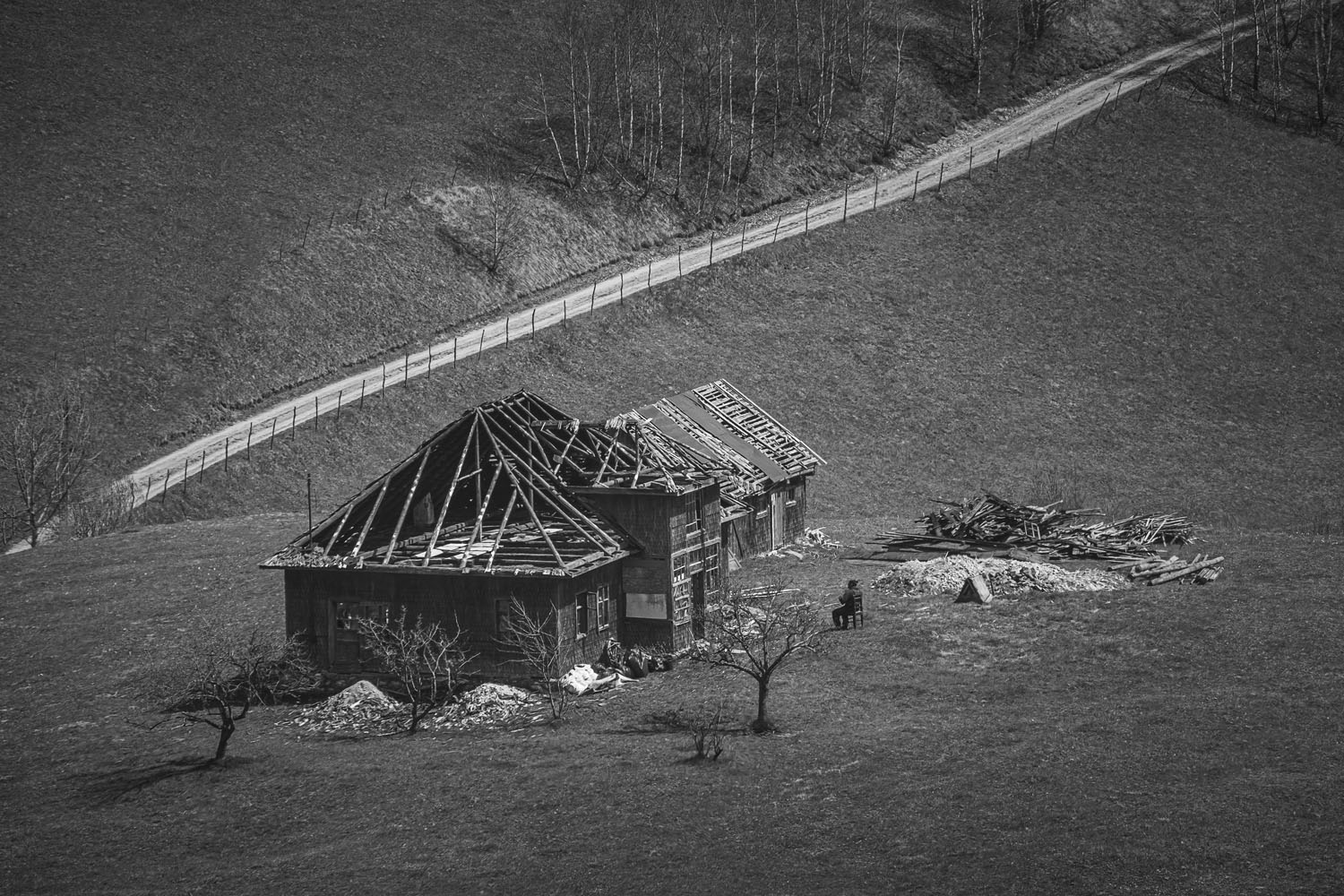
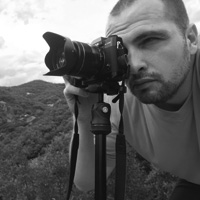
“My name is Stefan Panaitescu, I am 38 years old and I am from Bucharest, Romania.
I work in sustainability and corporate social responsibility and I love my job.
I am an avid traveler and in my spare time I run a travel blog and I try to get out as much as I can and shoot with my Fuji cameras.”


